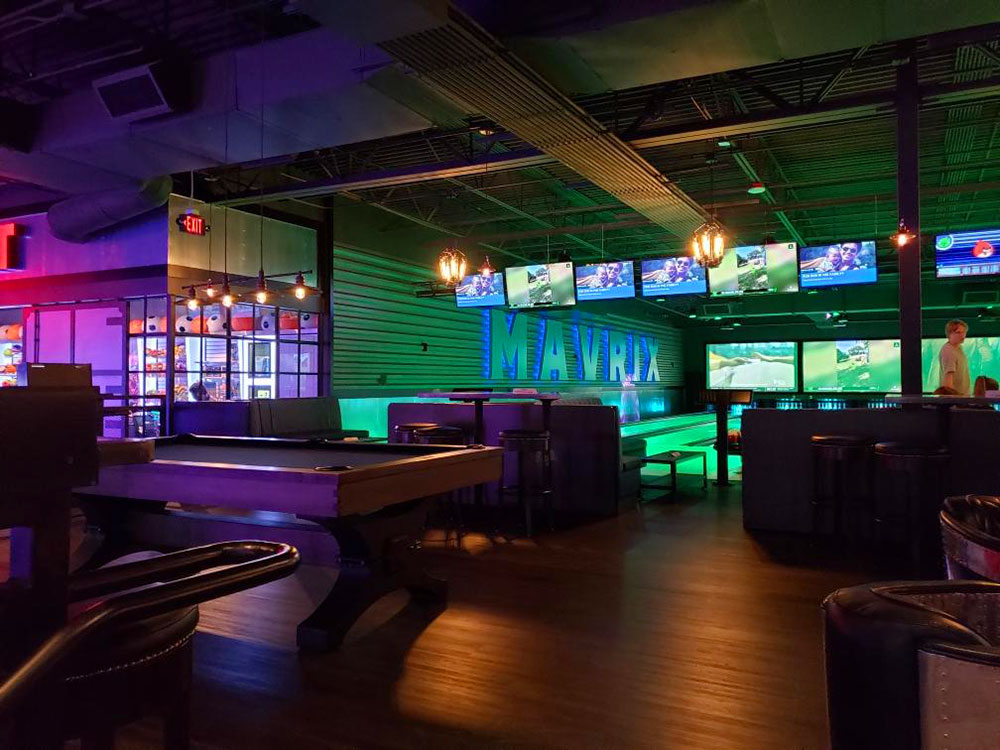In the realm of advertising and design, neon signs have long stood as a beacon of creativity and allure, drawing the eyes of passersby with their vibrant colors and glowing allure. However, recent technological advancements are set to revolutionize the way neon signs are used, making them more versatile, sustainable, and interactive than ever before.

The traditional neon sign, known for its glass tubes filled with neon or other gases that emit light when electrified, has been a staple of urban landscapes for over a century.
While charming, these signs are fragile, energy-intensive, and limited in their color range and animation capabilities. The latest developments in materials science and digital technology are addressing these limitations, propelling neon signs into a new era of functionality and environmental consciousness.
One of the most significant advances in neon sign technology is the shift from glass tubes and gas to flexible, durable materials like silicone embedded with LED lights.
This new generation of "neon" signs maintains the classic look of traditional neon but with several added benefits. The use of LEDs drastically reduces energy consumption by up to 70% compared to conventional neon lighting. Moreover, LEDs can last up to 50,000 hours—significantly longer than the 10,000-hour lifespan of traditional neon tubes. This not only makes LED-based neon signs more cost-effective but also reduces their environmental impact.
Color and animation have always been at the heart of neon signs' appeal, and advancements in digital control systems have taken these elements to new heights. Modern neon signs are now equipped with RGB (Red, Green, Blue) LED technology, allowing for a spectrum of over 16 million colors. With digital controllers, these signs can display complex animations, transitions, and even interactive content. This capability transforms neon signs from static displays into dynamic storytelling tools, enhancing their effectiveness in advertising and public art installations.
Interactivity is another frontier that the next generation of neon signs is exploring. With the integration of sensors and IoT (Internet of Things) technology, neon signs can now interact with their environment and audience in real-time. For instance, signs can change color or animation in response to social media trends, weather conditions, or audience interactions. This level of engagement not only increases the sign’s attractiveness but also boosts its communicative potential, making it a powerful tool for real-time marketing and public information dissemination.
Sustainability is a critical concern in all areas of production, and neon sign manufacturing is no exception. The new materials and technologies used in modern neon signs address this issue head-on. By eliminating the use of gases like neon and argon, which have high energy requirements for containment and operation, and by using recyclable materials, the carbon footprint of neon signs is significantly reduced.
Additionally, the increased lifespan and reduced energy consumption of LED-based signs decrease the environmental impact over the sign's life cycle.
If you loved this article and you would such as to obtain more information concerning buy neon signs online kindly check out our website.
